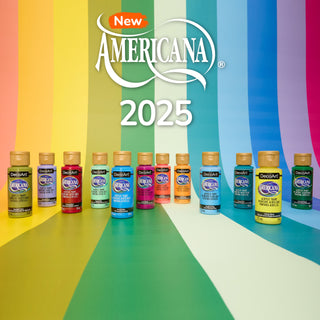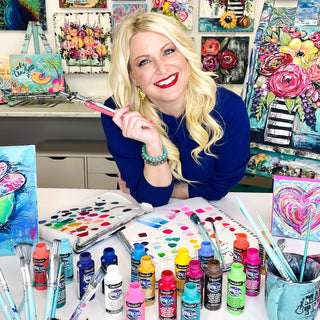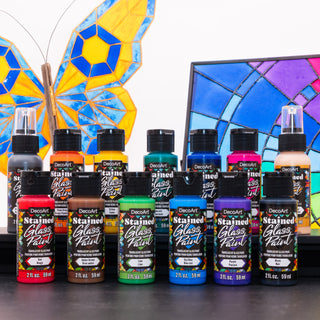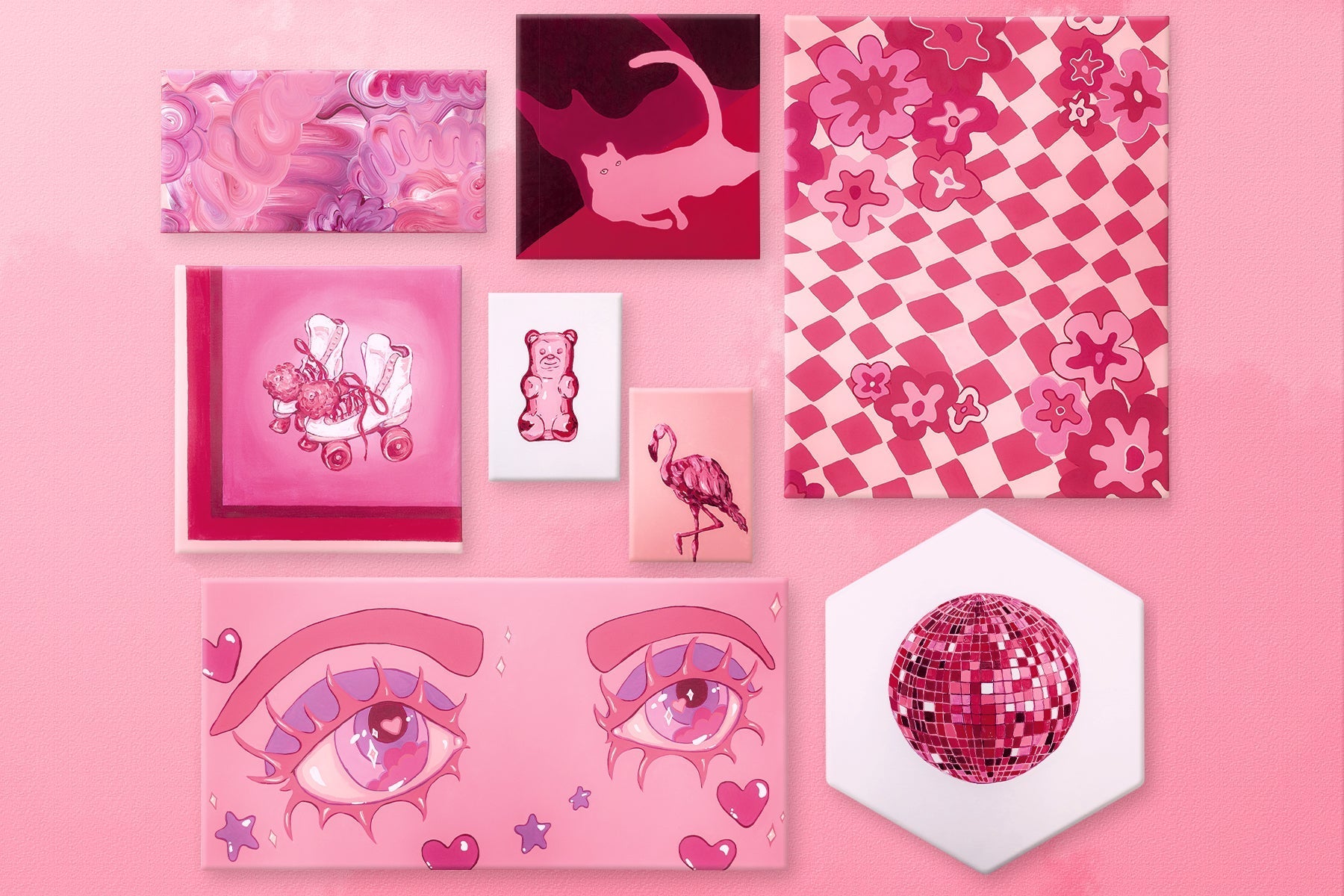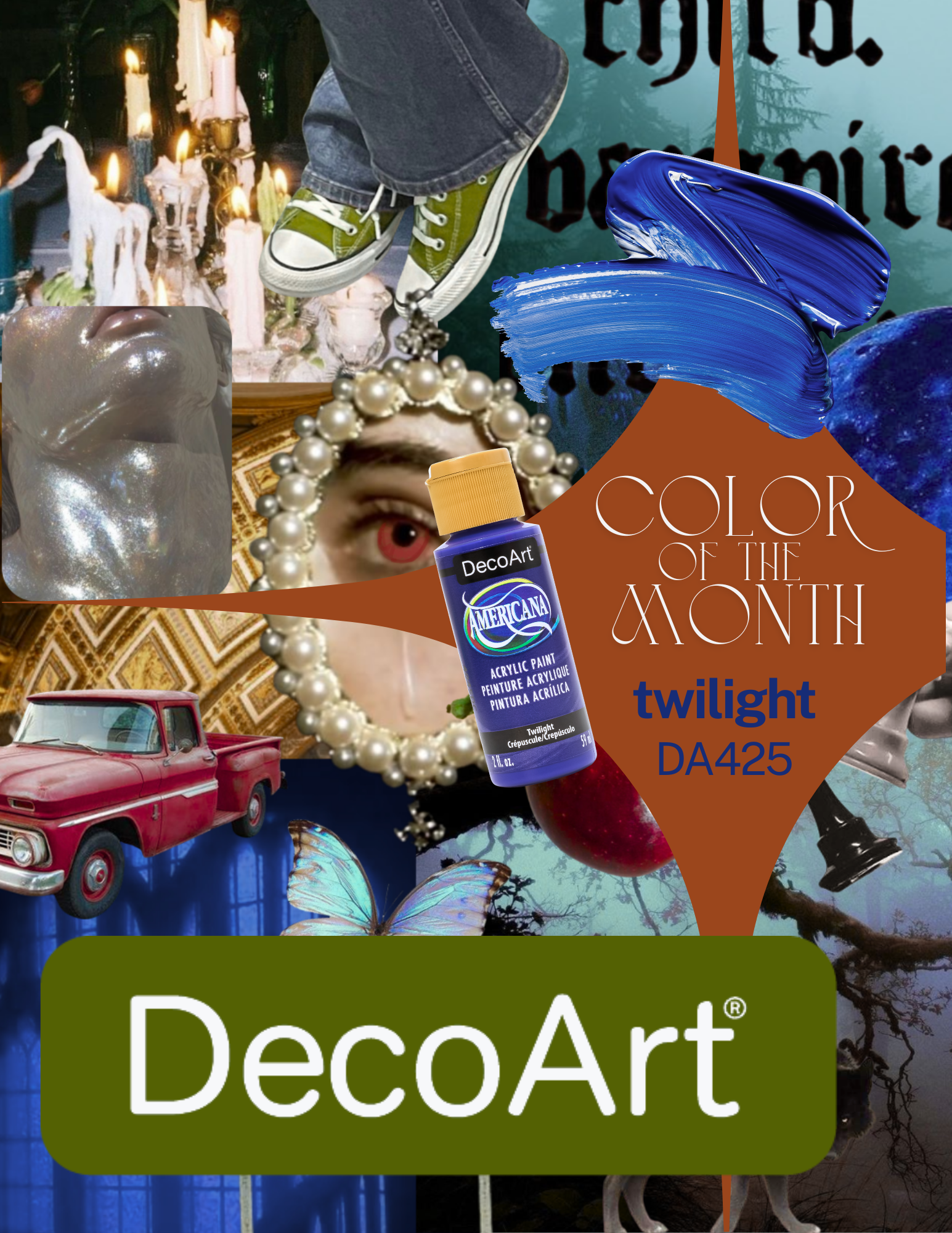May 21, 2025
Oil Painting: Understanding the Basics

Oil painting has long been favored by artists as a vehicle to capture their ideas. Continued experimentation and exploration with the medium has brought about techniques and art movements that have become commonplace in art history and continue to influence budding artists every day. Visiting an art museum and viewing paintings from the past and present, one can get swept up in inspiration from colors, techniques, materials, and more. Understanding those oil-based materials and techniques, we can explore our own creativity in a medium that offers tactile brushstrokes, luminous layers, and irresistible colors.
Brief History of Oil Paints
The use of oils as a vehicle for expression dates to the 7th century CE, where natural oils were extracted and used to adorn cave walls. Later, in the 15th century Europe, oils were used to enhance tempera painting techniques. Oil painting, as a stand-alone medium, took center stage a century later in Venice. During this time, artists became experts in the layering characteristics of oil painting and capturing life on canvas. As the centuries progressed, artists kept exploring and experimenting with the materials and techniques, which developed into art movements defined by place and time. Some of those movements included Impressionism, Rococo, Modernism, Cubism, and Surrealism - to name a few. Even with technology and material advancements today, oil paints remain a tried-and-true tool for artists to define their creative ideas.


Oil paintings on the walls near the Bamiyan Buddhas in the Bamiyan region of Afghanistan. Photos: The Collector
Oil Painting for Beginners
Oil paints are comprised of pigments suspended within an oil. The way these materials behave together offer artists the unique ability to creaty soft or crisp lines, opaque or transluent layers, and texture variations with each brushstroke. Each painter decides how to use these qualities to portray what they are trying to say visually. When oil paints are used the right way and with certain mediums, the paintings created are beautiful for centuries. Keep in mind, when beginning to work with a new form of media, there will be a period of time where you have to experiment and get familiar with the materials and how they interact. Starting with some knowledge, colors, and tips you can dive in and have success.
Left: "La Camargo Dancing", Nicolas Lancret 1730, oil on canvas Right: "Little Girl in Blue Chair", Mary Cassatt 1878, oil on canvas Photos: National Gallery of Art

"Untitled", George Morrison 1961, oil on canvas Photo: National Gallery of Art
Materials
Paints
Oil paint is produced and sold at different grade qualities, usually "student" and "professional" grades. Student grade oil paints may have lesser quality pigments at a lower quantity as well as having some additive ingredients besides the binder oils. Professional or Artist grade oil paints will have a high load of premium and pure pigments along with a good quality carrier oil. Price will reflect this difference in quality. It is up to the individual artist's needs and resources whether to begin with student or professional paints. Starting with a limited color palette will also build confidence in color mixing. One suggested palette is the Apelles Palette for beginners, which consists of white, black, red, and yellow. Whatever color palette you will use, it is always helpful to make or have a color wheel reference as well.
Mediums
Specific mediums are used along with the oil paints to achieve different characteristics. Turpentine and Mineral Spirits are used to thin oil paints, adjust drying times, and to create washes. Additional oils, for example Linseed Oil or Stand Oil, are added to the paint colors to increase paint's flow and add fat content to oil paint to follow the fat over lean rule (described below).
Brushes
The choice of brushes is always an artist's preference, but many artists suggest starting with some bristle brushes that are sturdy enough to hold the thickness of the oil paint and keep its shape after cleaning. These brushes allow for their mark to be notable and raised. Softer bristle brushes are great for blending and detail work.
Tips
1. A few of the main rules to remember when oil painting are: "Slow over Fast"(drying times), "Thick over Thin"(paint body), "Fat over Lean"(paint oil content). Lean meaning oil paint mixed with at bit of paint thinner and fat means more oil content added to the paint. So as you build up layers starting with the surface to be painted, the fatter the oil content needs to be. The School of Realist Art offered this visual:

2. Use a non-absorbent surface to paint on. Such as gessoed canvas or board. This will prevent seepage into the surface and wasting of paints.
3. Work in a well-ventilated area. Ideally, with a window open and a fan circulating.
4. To reap the benefits oil paint has to offer, make sure to use a good amount.
5. Experiment in mixing colors to create swatches and keep track of your color ratios.
6. Try different brushes and brushstrokes. Keep a swatch test of those as well to reference when you begin a piece.
7. Allow paint to cure completely before varnishing, especially when there are thicker areas of paint built up.
8. Look at other artists' work! Go to a gallery or a museum so you can see those brushstrokes and techniques in person.
9. Watch some tutorials by different types of painters. See what you are drawn to.
10. Have fun!
Techniques
Some famous artists are associated with certain art movements and painting techniques. Learning from other artists and trying these types of techniques is the best way to see what resonates with you as an artist. Once you learn the basics, you are able to expand on what you have learned to create something unique. Start with what you are drawn to after looking at works of art. For example, if you love the classical painting of Rembrandt or Michelangelo, practicing Chiaroscuro and Grisaille will benefit how your paintings evolve. Or if you get lost in those waves of color by Van Gogh, thick Impasto brushstrokes and Alla Prima techniques will be more of what will help you attain that look. The way you lay down color on a surface will also impact the overall look of the painting. Whether it is gestural brushstrokes like Alice Neel, dotted marks like Georges Seurat, or color blocked areas like Elizabeth Murray, oil paints were the vehicles to achieve their signature styles.

"Self-Portrait", Rembrandt van Rijn 1889, oil on canvas Photo: National Gallery of Art

"Delphic Sibyl- Detail of Sistine Chapel fresco, Vatican City", Michelangelo 1508-12 Photo: Brittanica


Left: "Self-Portrait", Vincent van Gogh, 1889, oil on canvas Right: "Hartley", Alice Neel 1966, oil on canvas Photos: National Gallery of Art

"Seascape at Port en Bessin", Georges Seurat 1888, oil on canvas

"Cloud 9", Elizabeth Murray 2002, oil on canvas
Definitions of Techniques
Chiaroscuro - using strong contrasts in light and dark, usually with one light source in the whole composition.
Scumbling - applying a thin layer of paint over an existing layer using a dry brush to allow parts of the underlayer color to show through. It emphasizes texture of the underlying brushstrokes often giving a hazy effect.
Alla Prima - an Italian phrase meaning "at once" or "first attempt". This technique can also be referred to as a "wet on wet" technique where the painting is done in one sitting. This allows for a sense of movement and energy in the brushstrokes.
Glazing - applying thin, transparent layers of paint over dried layers. Allowing underlying colors to shine through, creating depth and luminosity.
Underpainting - the initial thin layer of paint color added to the surface to help establish composition, color values, and tonal relationships.
Impasto - applying paint thickly to the canvas with a brush or palette knife, creating a three-dimensional, textured surface. This also can include the "wet on wet" way of working.
Grisaille - from the French word "gray", this painting technique uses only shades of gray to create a monochromatic look of stone or sculpture. Used both as an underpainting and a way to paint a finished work of art.
Related Products to Shop
Check out MORE related blogs!
Let's get social!
FOOTNOTES:
Britannica, April 14, 2025, https://www.britannica.com/art/oil-painting
Britannica, May 22, 2025, https://www.britannica.com/biography/Michelangelo/The-Medici-Chapel#/media/1/379957/68768
National Gallery of Art, May 20, 2025, https://www.nga.gov/artworks?modal=agm-459671
Nic Thurman, August 25, 2023, https://www.nicthurman.com/post/oil-painting-crash-course-part-1-the-best-oil-paints-for-the-apelles-palette
YouTube, April 24, 2025, https://www.youtube.com/watch?v=5Hwnj9wie0c
Lesso, Rosie. "Who Made the First Oil Painting?" TheCollector.com, January 11, 2023, https://www.thecollector.com/who-made-the-first-oil-painting/

